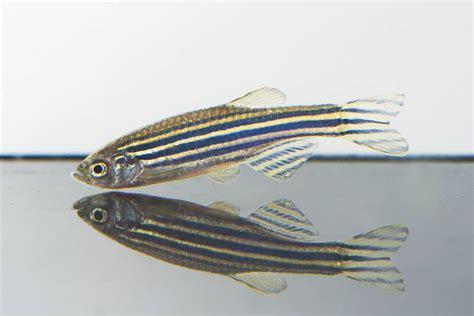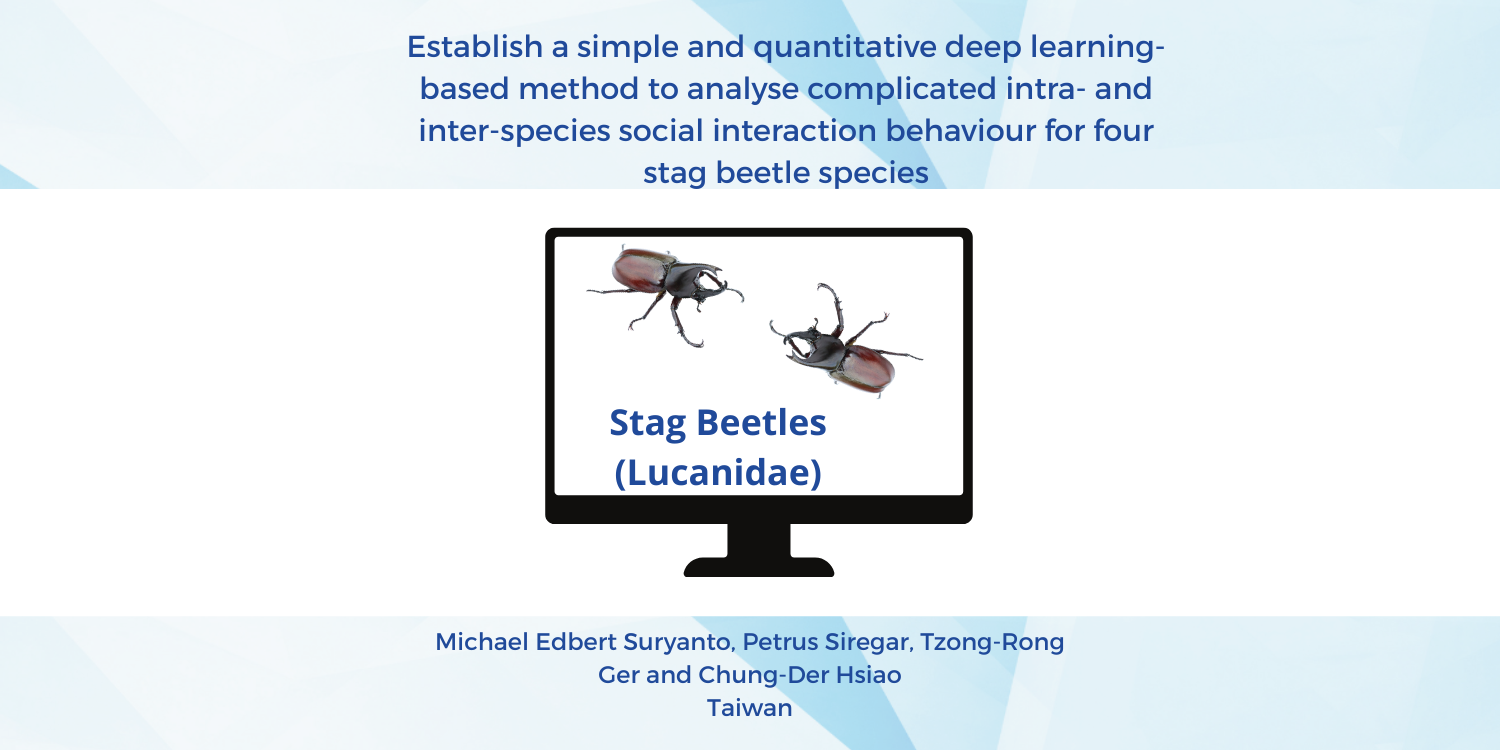For the first time researchers from Southern Medical University, China, has studied the effects of environmental concentrations of Cadmium (Cd) on developing zebrafish microbiome. The researchers investigated how Cd alters the locomotor activity and agitates larval microbiota.
How Cadmium influences gut microbiota?
Cadmium is a heavy metal and considered a highly toxic environmental and occupational pollutant ((Zhang and Reynolds, 2019). Due to severe anthropogenic ventures, Cd easily reaches in the waters of several countries (Barhoumi et al., 2009). Normally, freshwater Cd concentrations range from 10ng/L to 500ng/L. However, high Cd concentrations of 1.120~4.474 μg/L are observed in the drinking water river, Luanhe river basin and even higher concentrations of 45.01 μg/L of Cd is present in the Longjiang River in China ((Zhao et al., 2018).
Cd has a longer biological half-life in humans (20–30 years) and it does not easily excrete from the body. Such high levels are lethal to humans and can have a wide spectrum of toxic effects on our systems, ranging from neurotoxicity to reduced cognitive abilities (Wang and Du, 2013, Jeong et al., 2015).
Studies show gut microbiota is highly linked to cognitive functions and behaviour (Desbonnet et al., 2015; Borrelli et al., 2016; Robertson et al., 2017) and dysbiosis in microbiota can contribute to several pathological conditions such as neurodevelopmental disorders, cancer and diabetes. Cd exposure significantly affects the microbiota composition by disrupting intestinal tight junctions as well as enhancing intestinal permeability (Roeselers et al., 2011).
Zebrafish is an ideal animal model for studying neurological and microbiome research. In this study, the researchers exposed larval zebrafish to Cadmium for a period of 7 days to assess developmental neurotoxicity and changes in host-associated microbiota.
Zebrabox and ZebraLab efficiently monitor locomotor parameters in zebrafish
The researchers subjected zebrafish larvae to ecologically relevant concentrations of Cd (1.25, 2.5 and 5μg/L). This study performed toxicity and locomotor assessment along with understanding the microbiota composition in larval zebrafish.
The researchers employed ViewPoint Zebrabox system to investigate the experiment, where VideoTrack V3 software quantified the observed locomotor activity in zebrafish. Before behavioural analysis, the investigators transferred 24 zebrafish larvae to a 96-well plate after 5–7 days of fertilisation. They monitored locomotor activity for 30 min using a customized ViewPoint OpenOffice.org 2.4 software.
How Cadmium exposure induces developmental toxicity in zebrafish?
The zebrafish larvae and embryos are particularly at risk of early neurotoxicity and microbiota dysbiosis. The researchers in the current investigation assessed how environmental concentrations of Cd alter developmental features in early zebrafish.
VideoTrack efficiently monitored mortality, malformation, heartbeat, spontaneous movement and hatching rates at predetermined time intervals. Malformation rates and mortality increased dose-dependently. The mortality rates significantly increased after 7 days of fertilisation at 5μg/L concentration.
The hatching rate and spontaneous movement showed no significant differences among the control and treatment groups. Alternatively, the heartbeat decreased as the Cd concentration increased, with a significant decline at 5μg/L concentration.
Cadmium bioaccumulation and inhibition of larval activity
The researchers assessed the Cd concentration in zebrafish larvae after 7 days of fertilisation. Cd concentration increased dose-dependently, with the treatment groups showing higher bioaccumulation of Cd compared to the control group.
To evaluate how Cd bioaccumulation causes neurotoxicity and locomotor deficits, the researchers examined how different concentrations of Cd alter locomotor activities in zebrafish larvae. Stirring from light to dark stimulates movement in zebrafish. Viewpoint’s Zebrabox provided a favourable environment for the investigation by alternating light/dark transition for 5 min.
Cd exposure reduced the number of activities and the average distance of movement of the larvae. The data suggested even low Cd exposure induces hypoactivity in zebrafish larvae. Interestingly, the hypoactivity reduced in a dose-dependent manner.
Cadmium exposure changes bacterial relative abundance
To understand how Cd exposure alters the gut microbiota, researchers analyzed the gut bacterial profile at the phylum, class, family and genus level. At the phylum level, the gut microbiota of zebrafish commonly includes Firmicutes, Proteobacteria, and Bacteroidetes. These phyla are naturally present in the gut of adult zebrafish. Post-7-day Cd treatment, Firmicutes population was decreased while that of Proteobacteria was dose-dependently increased. Interestingly, an abundance of Proteobacteria, coupled with a lower population of Firmicutes are hallmarks of inflammatory bowel disease-like colitis in zebrafish, which is similar to inflammatory bowel disease observed in humans.
Clostridia, Bacteroidia and Gammaproteobacteria are the dominant bacteria present at the class level in zebrafish. Compared to the control group, Cd exposure decreased the Clostridia population while increasing the proportion of Gammaproteobacteria in the treatment groups. Cd exposure showed a similar drift at the family and genus level. The increased proportions of bacteria observed in the study were opportunistic and are associated with pathological conditions.
After understanding how Cd exposure alters the gut microbiota at different classification levels, the scientists studied how Cd exposure alters the bacterial diversity in larval zebrafish. Except for the moderate concentration group (2.5 μg/L), a significant difference in the gut microbiota was observed between the control and treatment groups. Considering the Shannon index, high Cd exposure decreased the bacterial diversity in larval zebrafish.
The high concentration group showed severe neurotoxicity and significant alteration in gut bacterial diversity. Hence, the researchers then identified specific bacterial taxa associated with high Cd exposure (5μg/L). Compared to the control group, this high-dose group had disparities in the proportion of 12 species of bacteria. The top seven of these 12 genera are highly linked with the regulation of neurodegenerative diseases, suggesting Cd-induced gut dysbiosis facilitates neurodevelopmental toxicity.
The inter-relationship between gut microbiota and behaviour
Research suggests serotonergic systems and bdnf signalling are associated with social behaviour. Therefore, to understand how Cd exposure affects social behaviour, researchers investigated the alterations observed in bdnf expression and selective genes tph1b, tph2, slc6a4a and mao, which are involved in serotonin metabolism and signalling. bdnf has direct regenerative and protective effects on serotonergic neurons. The gene slc6a4a is a serotonin transporter, whereas monoamine oxidase (mao) and tryptophan hydroxylase (tph1b, tph2) are rate-limiting enzymes and are associated with the degradation of serotonin and intercellular biosynthesis.
The researchers found that compared to the control group, Cd exposure caused a significant increase in the bdnf expression. In addition, tph1b and tph2 were significantly upregulated and slc6a4a and mao were significantly downregulated in the Cd exposure groups, suggesting an increase in serotonin synthesis.
Recent studies (Knecht et al., 2016; Bretler et al., 2019) have shown that serotonin can perform as a signalling molecule for Pseudomonasaeruginosa. Interestingly, Pseudomonas was a major bacteria found in the Cd exposure group. Therefore, the present study suggests regulation of the serotonergic system through alteration of gut microbiota can be a novel therapeutic approach for treating neurological disorders.
Could gut microbiota be a novel therapeutic target?
Cadmium is a natural element and its presence in high concentrations has a spectrum of toxic effects in the host. The researchers in this study successfully demonstrated the adverse effects of Cd exposure on zebrafish microbiome and neurobehaviour. Moreover, they provide an important clue suggesting the gut microbiota as a potential therapeutic target for cadmium-induced neurotoxicity.
References
1. Barhoumi, S., Messaoudi, I., Deli, T., Said, K., Kerkeni, A., 2009. Cadmium bioaccumulation in three benthic fish species, Salaria basilisca, Zosterisessor ophiocephalus and Solea vulgaris collected from the Gulf of Gabes in Tunisia. Journal of environmental sciences (China) 21, 980-984.
2. Borrelli, L., Aceto, S., Agnisola, C., De Paolo, S., Dipineto, L., Stilling, R.M., Dinan, T.G., Cryan, J.F., Menna, L.F., Fioretti, A., 2016. Probiotic modulation of the microbiota-gut-brain axis and behaviour in zebrafish. Scientific reports 6, 30046.
3. Bretler, T., Weisberg, H., Koren, O., Neuman, H., 2019. The effects of antipsychotic medications on microbiome and weight gain in children and adolescents. BMC medicine 17, 112.
4. Desbonnet, L., Clarke, G., Traplin, A., O'Sullivan, O., Crispie, F., Moloney, R.D., Cotter, P.D., Dinan, T.G., Cryan, J.F., 2015. Gut microbiota depletion from early adolescence in mice: Implications for brain and behaviour. Brain, behavior, and immunity 48, 165-173.
5. Jeong, K.S., Park, H., Ha, E., Hong, Y.C., Ha, M., Park, H., Kim, B.N., Lee, B.E., Lee, S.J., Lee, K.Y., Kim, J.H., Kim, Y., 2015. Performance IQ in children is associated with blood cadmium concentration in early pregnancy. Journal of trace elements in medicine and biology : organ of the Society for Minerals and Trace Elements (GMS) 30, 107-111.
6. Knecht, L.D., O'Connor, G., Mittal, R., Liu, X.Z., Daftarian, P., Deo, S.K., Daunert, S., 2016. Serotonin Activates Bacterial Quorum Sensing and Enhances the Virulence of Pseudomonas aeruginosa in the Host. EBioMedicine 9, 161-169.
7. Robertson, R.C., Seira Oriach, C., Murphy, K., Moloney, G.M., Cryan, J.F., Dinan, T.G., Paul Ross, R., Stanton, C., 2017. Omega-3 polyunsaturated fatty acids critically regulate behaviour and gut microbiota development in adolescence and adulthood. Brain, behavior, and immunity 59, 21-37.
8. Roeselers, G., Mittge, E.K., Stephens, W.Z., Parichy, D.M., Cavanaugh, C.M., Guillemin, K., Rawls, J.F., 2011. Evidence for a core gut microbiota in the zebrafish. The ISME journal 5, 1595-1608.
9. Wang, B., Du, Y., 2013. Cadmium and its neurotoxic effects. Oxidative medicine and cellular longevity 2013, 898034.
10. Xia, Y., Zhu, J., Xu, Y., Zhang, H., Zou, F., Meng, X., Effects of ecologically relevant concentrations of cadmium on locomotor activity and microbiota in zebrafish, Chemosphere (2020), doi: https://doi.org/10.1016/j.chemosphere.2020.127220.
11. Zhang, H., Reynolds, M., 2019. Cadmium exposure in living organisms: A short review. The Science of 592 the total environment 678, 761-767.
Zhao, X.M., Yao, L.A., Ma, Q.L., Zhou, G.J., Wang, L., Fang, Q.L., Xu, Z.C., 2018. Distribution and ecological risk assessment of cadmium in water and sediment in Longjiang River, China: Implication on water quality management after pollution accident. Chemosphere 194, 107-116





